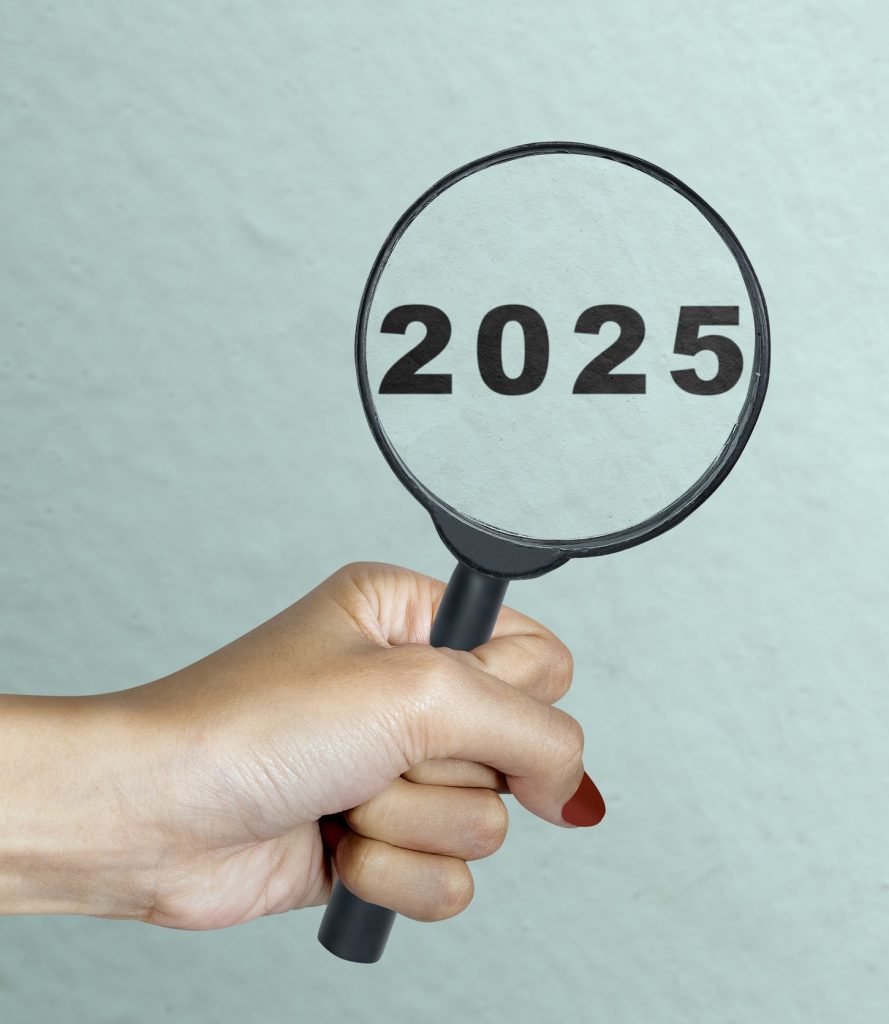Population growth rate has been sliding gradually but 2022 could see a baby boom
By Joseph Wong
Malaysia’s population growth rate has been seeing a slow downward slide for the last 30 years. Aside from the baby boom in the 1960s, the last peak was in 1988 when the annual growth rate registered a solid 3%, according to the Malaysian Department of Statistics (DOS).
Malaysia's population in 2021 is estimated at 32.7 million as compared to 32.6 million in 2020 with an annual growth rate of 0.2%, the lowest level recorded to date. The decline in the percentage of population growth rate was mainly because of the lower number of non-citizens from three million (2020) to 2.7 million (2021) and the higher death rate resulting from the pandemic.
The economic uncertainty which resulted from the Covid-19 outbreak in 2020, followed by the subsequent disruption in the global and domestic economy due to movement control orders, will continue to have an impact on the population growth until it normalises. This slowdown in the population growth rate is expected to continue in the next few decades, slowing down population growth further.
However, this is not to say that Malaysia’s population is not increasing because, with families confined to their homes, there is an unexpected outcome, as several experts have noticed. In fact. Juwai IQI Group Co-Founder and CEO Kashif Ansari predicted a new baby boom for 2022.
“During the pandemic, the birth rate actually fell. The uncertainty caused people to postpone having children. That is mostly behind us now. The year 2022 could be the beginning of a new baby boom in Malaysia,” he said.
“It’s too soon to have official statistics bearing this out but we hear anecdotally from our clients that many young families are having children now and in the next year,” he said.
Population by gender
Unlike in the past, males now outnumbered females with the male population exceeding the female population at 17 million and 15.7 million respectively in 2022. The gender ratio for the overall population is 109 males for every 100 females.
For the period 2021-2022, the gender ratio for citizens remains at 103 and non-citizens at 227 males for every 100 females respectively. The higher ratio of males is attributed to the higher number of males for non-citizens. A major reason is that most are foreign workers being employed in male-dominant occupations.
The older age population in Malaysia is also increasing every year. The composition of the population aged 0-14 years in 2022 decreased to 23.2% as compared to 23.6% in 2021. This is mainly resulting from pandemic fears and uncertain economic conditions resulting in a lower birth rate in 2020 and 2021.
Inter-state comparisons show that the highest percentage of children under 18 years is in Putrajaya at 37.2%. This is followed by Terengganu (35.6%) and Kelantan (34.7%) while Penang recorded the lowest percentage at 22.6%.
The highest number of children under 18 years was recorded in Selangor (1,778,6000), followed by Sabah (1,116,200) and Johor (1,060,900).
The enrollment transition rate for primary to lower secondary levels showed an increase of 0.6 percentage points in 2020 to 8.9% as compared to 8.8% in 2019. During the same period, the enrollment transition rate for lower secondary to upper secondary level increased by 1.4 percentage points. Meanwhile, the transition rate of enrollment from upper secondary to post-secondary decreased significantly at 14.4 percentage points. The decrease was due to student enrollment for the June 2020 session being postponed due to the Covid-19 pandemic situation.
Meanwhile, the composition of the population aged 15-64 years increased from 69.4% in 2021 to 69.5% in 2022. The decline in this working age group is due to the composition of male foreign workers for non-citizens. The percentage of the population aged 65 and over increased from 7.0% to 7.3% for the same period.
Based on the United Nations (UN) definition, Malaysia has become an ageing society. In addition, the median age also increased from 30.1 years in 2021 to 30.4 years in 2022.
Of the 30.2 million citizens, the composition of bumiputera increased by 0.3 percentage points to 69.9% in 2022 as compared to 69.6% in 2021. However, the composition of the Chinese and Indian population decreased to 22.8% and 6.6% respectively. In 2021, the composition of the Chinese and Indian population stood at 23% and 6.7% respectively. The remaining races remained at 0.7%.
“The three states with the highest population composition in 2022 are Selangor (21.6%), followed by Johor (12.3%) and Sabah (10.4%). On the other hand, WP Labuan and WP Putrajaya recorded the lowest population composition at 0.3% and 0.4% respectively.
“However, WP Putrajaya recorded the highest annual population growth rate for the period 2021-2022 which is 4.3%. For the first time, the population of Melaka surpassed one million mark in 2021,” said DOS.
On average, Malaysia has a population density of 99 people per sq km (pskm). Kuala Lumpur has the highest population density with 8,045 people pskm, followed by Putrajaya (2,418) and Penang (1,656).
Meanwhile, Sarawak has the lowest population density with 20 people pskm, followed by Pahang (45) and Sabah (46)
It is estimated that Malaysia’s population will peak in the year 2068 at 42.07 million people. Following 2069, the population is predicted to steadily decline, given the current trends.
If Malaysia wants to continue to grow its population further than the said projections and prevent an ageing population, it will need to increase its fertility rate past the 2.01 births per woman pace, which is just under the population replacement rate.
As a nation becomes more and more developed, its natural population growth will inadvertently start to slide. This phenomenon is experienced in almost every developed country around the world.
Life expectancy
Babies born in 2021 on average are expected to live 1.3 years longer to 75.6 years old as compared to 74.3 years old 10 years ago. On average, a newborn girl is expected to live longer up to 78.3 years, while a newborn boy is expected to live until 73.2 years in 2021, according to the statistics from DOS.
From 2011 through 2021, the life expectancy at birth for males has increased by 1.1 years, from 72.1 years old (2011) to 73.2 years old (2021), while females increased by 1.5 years as compared to 76.8 years old for the same period.
The highest life expectancy at birth among males and females in 2021 was recorded by Kuala Lumpur with 75.7 years old and 80.5 years old respectively. In contrast, Perlis recorded the lowest life expectancy at birth for both males and females.
In 2021, there are four states with the highest life expectancies for males compared with the national level (73.2 years) namely Kuala Lumpur (75.7 years), Selangor (75.2 years), Sarawak (74.3 years) and Penang (73.5 years).
While for females, five states that surpassed the national life expectancy (78.3 years) comprise Kuala Lumpur (80.5 years), Selangor (79.6 years), Sarawak (79.0 years), Penang (78.9 years) and Melaka (78.4 years).
Stay ahead of the crowd and enjoy fresh insights on real estate, property development, and lifestyle trends when you subscribe to our newsletter and follow us on social media.
















































